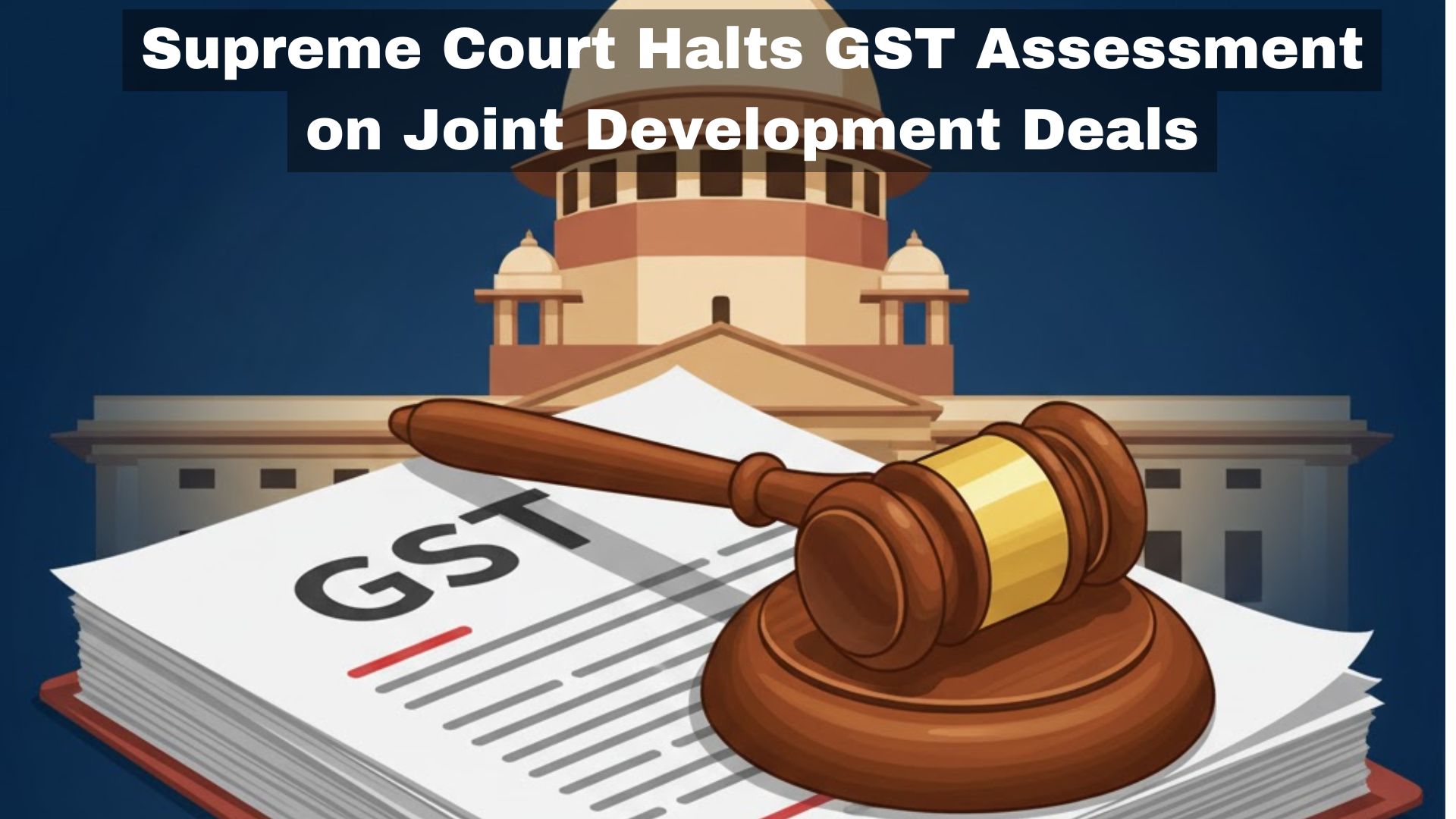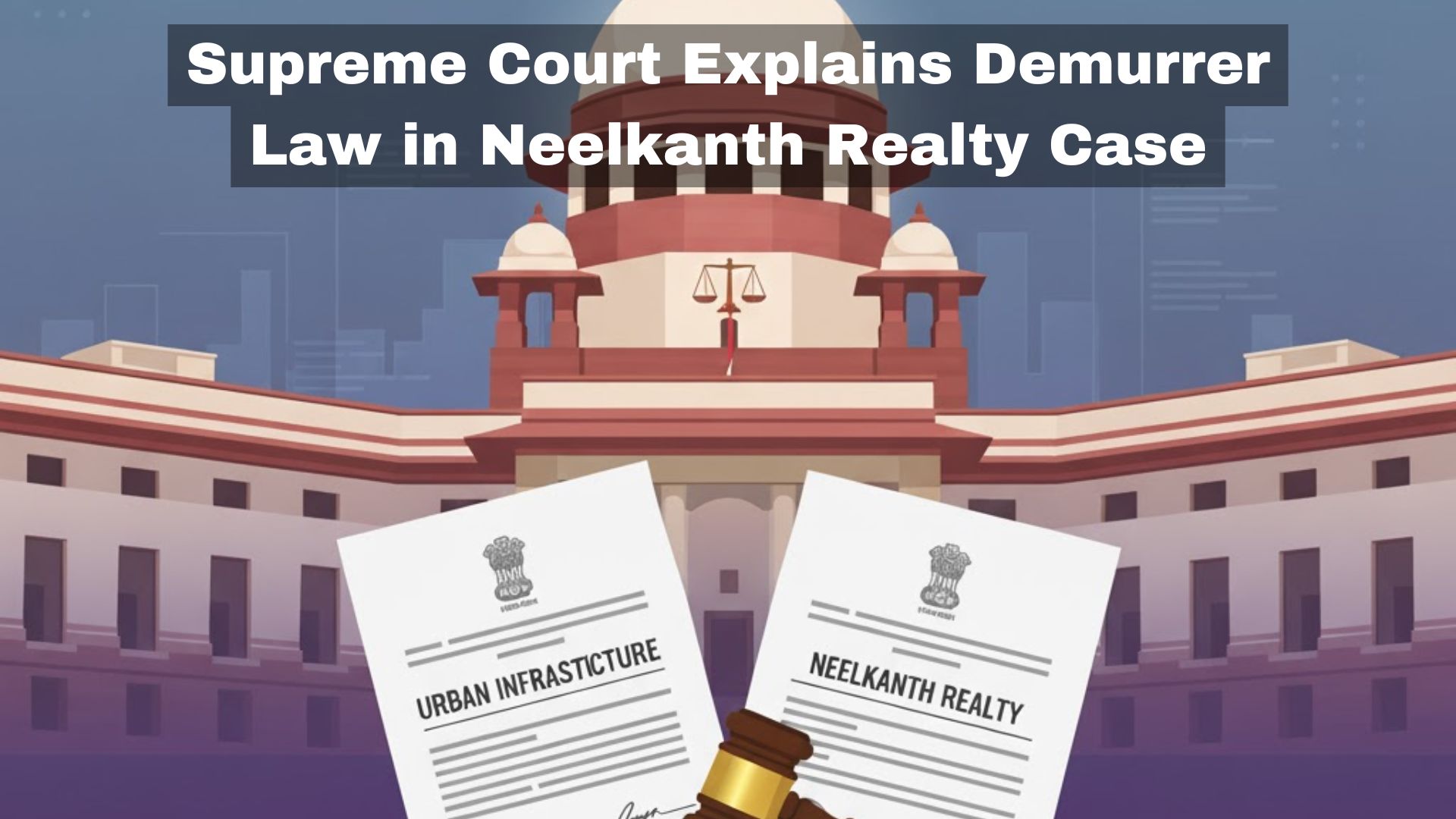Amol Rattan Singh, J
1. By this petition, the petitioner challenges the order of the learned Civil Judge (Junior Division), Hoshiarpur (Executing Court), dated 1.11.2014, by
which it has been held that the application filed for execution of the judgment and decree dated 17.10.1998, passed by learned Additional Civil Judge
(Senior Division), Hoshiarpur, in favour of the petitioner (decree holder) and that of the appellate Court (Additional District Judge, Hoshiarpur), dated
13.3.2001, was an application that was filed beyond the period of limitation as regards the decree of mandatory injunction, such injunction sought being
that the respondents-defendants (judgment debtors) remove an encroachment they had made on what was contended to be a public street.
2. It is not in dispute that a decree to that effect was issued by the learned Civil Judge, as also the appellate Court which decided the appeal against
the judgment and decree of the lower Court.
3. The only issue, as already noticed herein above, is as to whether the application seeking execution of the decree was within limitation and if not,
would the petitioner (decree holder) still be entitled to get the decree executed beyond the period of limitation in terms of the judgment of the Supreme
Court in Deep Chand vs. Mohan Lal, AIR 2000 SC 1760 (as has been cited by learned counsel for the petitioner), wherein it was held as follows after
noticing Article 136 of the Schedule to the Limitation Act, 1963:-
“A perusal of the Article shows that the period of limitation prescribed by it starts to run from the date when the decree becomes enforceable
provided the case does not fall within the scope of the latter part of the provision in the third column. Generally a decree or order becomes
enforceable from its date, but in appropriate cases the court passing the decree may prescribe time wherefrom the decree becomes enforceable on a
future date. It must, however, be remembered that the purpose of execution proceeding is to enable the decree-holder to obtain the fruits of his
decree. In case where the language of the decree is capable of two interpretations, one of which assists the decree-holder to obtain the fruits of the
decree and the other preventing him from taking the benefits of the decree, the interpretation which assists the decree-holder should be accepted. The
execution of the decree should not be made futile on mere technicalities which does not, however, mean that where a decree is incapable of being
executed under any provision of law it should, in all cases, be executed notwithstanding such bar or prohibition. A rational approach is necessitated
keeping in view the prolonged factum of litigation resulting in the passing of a decree in favour of a litigant. The policy of law is to give a fair and
liberal and not a technical construction enabling the decree-holder to reap the fruits of his decree.â€
Though, of course in that case, it was also observed by their Lordships in the concluding paragraph of the judgment that the judgment debtors were
found to have committed defaults in payment of the instalments as had been agreed upon, and the decree holder was therefore entitled to get the sale
deed executed in terms of the decree passed in his favour, in the present case what is weighing with this Court is that the street which was found to
have been encroached upon by the respondents-defendants (judgment debtors) is a public street and therefore, even if there was a delay on the part
of the petitioner (decree holder) to file the execution application, it is not just his interest which suffers, but that of the general public.
4. It is also to be naturally noticed here that the learned Executing Court, vide the impugned order, referred to a judgment of the Allahabad High Court
in Ram Kumar Maurya vs. Additional District Judge, Lucknow and others, 2010(2) Civil Court Cases 777, further noticing that the said judgment was
based upon a judgment of the Supreme Court. It is seen that the judgment of the Supreme Court referred to is the same as cited by learned counsel
for the petitioner before this Court, i.e. Deep Chands' case (supra).
Even having noticed the aforesaid judgments, eventually it was held in the impugned order that “I am of the considered opinion that the objections
of the JD with respect to the maintainability are well maintainable with respect to the execution of the decree for mandatory injunction, as the same is
clearly barred by the law of limitation. The object of the Limitation Act is also to be kept in mind which is that the law is only for the vigilant and not
for the persons who sleep over their rights, as such the same cannot be enforced. Thus the objections of the JD are upheld that the decree for
granting the mandatory injunction to the plaintiff/DH for removal of encroachment in the street being barred by limitation cannot be executed being
barred by law of limitationâ€.
Thus, while holding that the relief sought by the petitioner herein, i.e. the decree holder, qua the prayer for permanent injunction made in the suit, was
executable (limitation for filing an execution application qua that relief being 12 years), the relief qua mandatory injunction was declined.
5. Learned counsel for the petitioner has also cited today another judgment of the Supreme Court in Jagpal Singh and others vs. State of Punjab and
others, AIR 2011 (SC) 1123, to submit that as regards public land/land belonging to the Gram Panchayat, the State Governments should make all
efforts to evict unauthorised occupants thereon.
6. Learned counsel for respondents no.1 and 2, at the first instance has submitted that as a matter of fact the encroachment has been removed. Upon
a query by this Court as to why then there was a dispute still pending right up to this Court, and if that were true, it could be very easily verifiable by
directing the executing court to appoint a Local Commissioner to carry out another demarcation, this being a petition filed under Section 227 of the
Constitution, he has submitted that he restricts his argument to the effect that the period of limitation for executing the decree of mandatory injunction
being 3 years as per Article 135 of the Schedule to the Limitation Act, 1963, the impugned order does not suffer from any infirmity.
7. Having considered the aforesaid arguments as also the impugned order, in my opinion, for the reasons already given herein above, also seeing the
ratio of Deep Chands' case (supra), as also of Jagpal Singhs' case (supra), I agree with the contentions of learned counsel for the petitioner, to the
effect that though the petitioner obviously erred in filing an execution application beyond the period of limitation of 3 years mandated in the Limitation
Act, one of the reasons being given by learned counsel for the petitioner being that the appeal against the original judgment and decree in the
petitioners' favour was eventually dismissed by the appellate Court on 13. 3.2001, though even that would not otherwise justify a delay of 10 years in
filing the execution application in 2011, however, considering that it was a public street that was found to have been encroached upon, in my opinion
this petition deserves to be allowed.
8. Consequently, the impugned order dated 1.11.2014 is set aside to the extent that it rejects the execution application qua the decree of mandatory
injunction in favour of the decree holder.
The Executing Court would now proceed with the matter with regard to execution of the decree of mandatory injunction also.

